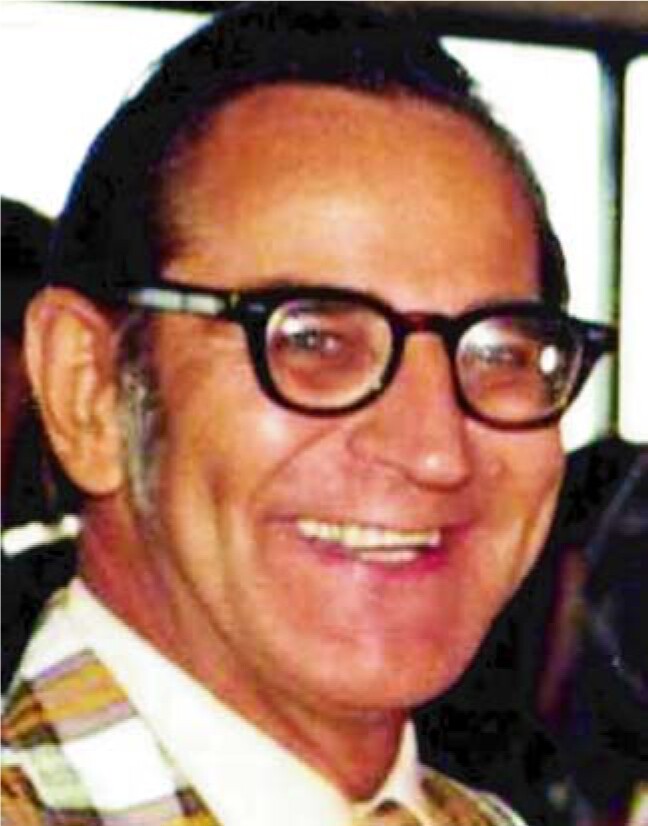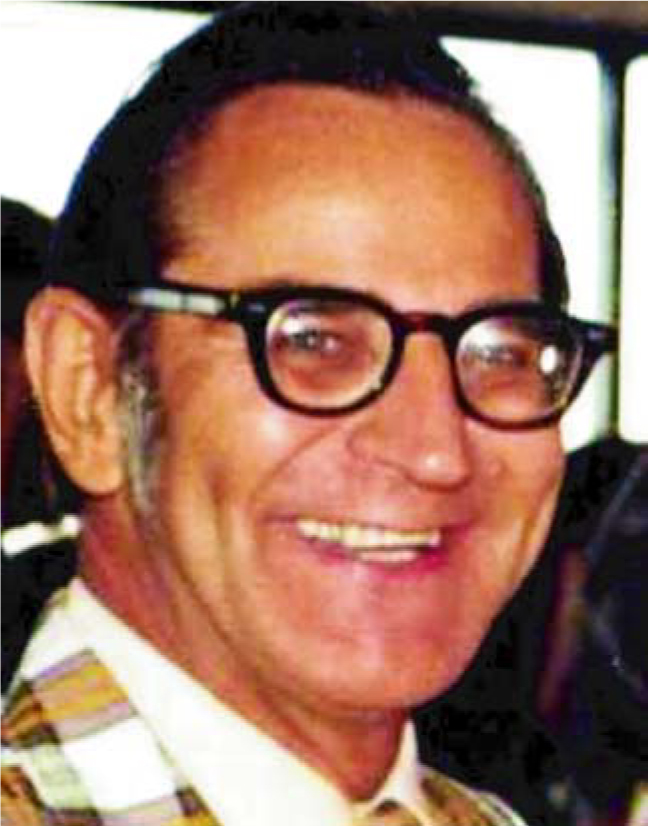Clayton Hamilton Allen
DOI: 10.1063/1.2012475
Clayton Hamilton Allen, an acoustician who clearly enjoyed his work and offered an innovative approach to acoustical tasks, died on 25 August 2004 at Chebeague Island, Maine.
Born in Whitinsville, Massachusetts, on 2 June 1918, Clay received a BS in physics in 1940 from Worcester Polytechnic Institute. He entered Pennsylvania State College (now University) and earned an MS in physics in 1942. After three years at Wright-Patterson Air Force Base in Dayton, Ohio, where he worked on military communications gear, Clay resumed graduate work at Penn State.
Under the supervision of H. K. Schilling and Isadore Rudnick, Clay made significant contributions to high-intensity sound. Well known is his development of high-power sirens for use in air. He and Rudnick presented a paper on that topic at the May 1947 Acoustical Society of America (ASA) meeting and followed with an article in the September issue of the Journal of the Acoustical Society of America (JASA). The siren reports caused quite a public stir and led to articles in Life magazine and Popular Science, and to a news short in movie theaters. Novel demonstrations included suspending marbles in a standing-wave field, heating a cup of coffee, and lighting a pipe. One of their sirens was used to study the biological effects of high-intensity sound. Clay received his PhD in physics in 1950.
Less well known is Clay’s experimental study of finite-amplitude propagation. Using a baffled-piston source vibrating at 14.6 kHz, he discovered nonlinear acoustical saturation, or limiting sound-pressure level, as he called it. Saturation is the maximum sound pressure level achieved at a given distance at a given source frequency. Clay correctly explained it as caused by nonlinear distortion of the propagating wave. Distortion causes the transfer of energy to higher harmonics, where it is more efficiently absorbed. At saturation, any further increase in source level is accompanied only by an equal increase in absorption. Clay also discovered the blunting effect, and decreased side-lobe suppression, that increased absorption has on the directivity pattern of the radiation. Unfortunately, he reported his work only in his thesis (1950), in part of the Penn State Signal Corps report Atmospheric Physics and Sound Propagation, Final Report for Period July 1, 1945 to May 20, 1950, and in two papers presented at the June 1950 ASA meeting. As a result, his pioneering work is not widely appreciated even today.
After receiving his PhD, Clay immediately began working for Corning Glass Works in Corning, New York, where he directed sonic and ultrasonic research. In 1954 he joined the technology firm Bolt Beranek & Newman (BBN) in Cambridge, Massachusetts, to start what became a productive career as a consultant in acoustics. His early work was on the noise of components in the relatively new field of air conditioning, and a paper by Leo L. Beranek, George Kamperman, and Clay about that field was published in JASA in 1955. Clay’s more complete work is reported in chapter 21, which he wrote for Noise Reduction (McGraw-Hill, 1960), edited by Beranek. In later work primarily for the textile, metal, and foundry industries, Clay applied his physics insight to machine design to reduce noise at the source.
At BBN, Clay’s knowledge and experience set him apart from others. His physical intuition in high-amplitude sound, his expertise in design of high-power sources, and his uncanny ability to make complicated machinery work enabled the company to design outstanding test facilities. In 1958 he designed a powerful siren to be used in a high-intensity sound facility at BBN to measure the potential for failure of electronic and metal components. The siren operated over a frequency range of 50–10 000 Hz and had a maximum acoustic output of 1100 W. Besides periodic tones, it produced amplitude-modulated tones that simulated band-limited noise. Clay, with B. G. Watters, described the siren development in two JASA papers published in 1959.
Clay then designed a siren having an acoustic power of 25 kW as the basis for a full-scale, 25-siren research facility for the US Air Force. The facility was intended for research on noise-induced failure of jet aircraft and space vehicle structures during launch. Clay’s leadership was essential to BBN in that and similar efforts. He left BBN in 1974 to establish the Clayton H. Allen Corp, which was formed a year later.
Clay’s approach to noise control often led to patents. His first, in 1950, was with Rudnick for a siren. He also held four patents for earmuffs—including two for a design that provided a level-dependent attenuation for high-level noise impulses; a spring-operated miniature voice system for the GI Joe toy of the late 1960s; and improvement in the optics of a kaleidoscope. Clay was also a patent reviewer for JASA from 1980 to 1994.
His life was saddened when his son died in a car accident in 1977 the at age of 19. Clay had planned for the two of them to work together after his son had graduated from college. He kept active, though, and spent the next 27 years on Chebeague Island with his second wife. He did consulting work, and wrote articles and obtained patents into the last decade of the century, yet still found time for gardening.
Clay gave much to the acoustics community. All who knew him personally were richer for it.

ACENTECH

More about the Authors
Robert M. Hoover. 1Houston, Texas, US .
Ira Dyer. 2 Massachusetts Institute of Technology, Cambridge, US .
David T. Blackstock. 3 University of Texas, Austin, US .
